Plants Dying? Know your Planting / Gardening Zones
So many people fall in love with the look of the plant, without realizing that no matter how beautiful it looks in a nursery, or online, it just won't do well in your particular area because of the climatic conditions of where you live.
So check out the gardening zones for your area with this USDA Planting Zone Map and see if your chosen plants will thrive in your garden.
To make thing easier, there is a planting zone map below which shows you the average temperatures of each area.
Gardening Zones and Other Factors to Consider
If you want to be successful in creating a lovely garden you will need to think beyond what planting zone you live in.You will also have to take into consideration the following:
1) Do you live in a micro-climate within a main planting zone?
2) How warm is your soil when you want to begin planting after the dangers of the winter frost have passed?
3) What are your average last spring and early fall frost dates? and How hardy are the plants you have chosen?
4) How long is your growing season during which your plants will grow and mature before they are established to face the onslaught of winter?
- Depth of roots
- Water content of roots when the frosts started
- Length of the winter
- Wind force
- Temperature experienced the previous summer
- Whether the temperatures are average during the winter
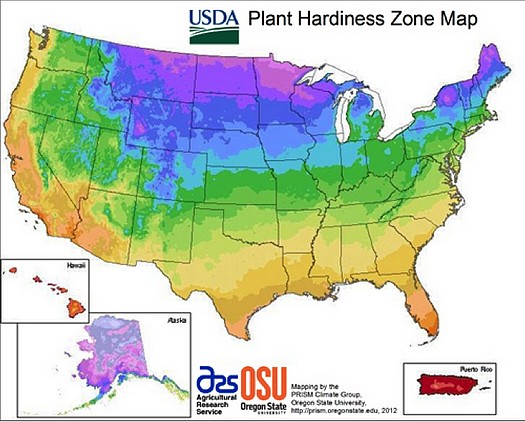
 Knowing
your gardening zones and plant hardiness
for each zone is very
important to growing success because your planting zones are based on
the
average first and last frost date of a given area. Knowing
your gardening zones and plant hardiness
for each zone is very
important to growing success because your planting zones are based on
the
average first and last frost date of a given area. Once the dangers of frost have passed in your area, then it is time to plant. Check the planting zone map to determine which zone you live in and look for plants that will grow only in that gardening zone. When you visit your nursery, or order online, a variety marked "Zones 3-8," for example, should grow and thrive in zones 3, 4, 5, 6, 7 and 8. However, you will also see that in some states, there can be more than 2 gardening zones. Michigan, for example has 4 garden zones! Zones 3, 4, 5 and 6! If you live in the British Isles, your garden zone will be mostly zone 8, except for London which is zone 9, Scotland which is zone 7 and the western and southern coastlines which are both zone 9. If you live in Canada, there are 9 gardening zones, the harshest being 0 and the mildest is 8. Well what do these numbers mean exactly? Well, basically it shows the temperatures of the country where red is the warmest regions and blue is the coldest. However, this still doesn't really tell us what the average temperatures are for each planting zone. This is why, when you buy plants for your particular garden zone it may turn out that these plants don't do very well because the climate is not quite right for it to thrive. In addition, in your own gardens, the surrounding buildings and trees can actually create a microclimate in your garden where you might be able to grow some plants that aren't usually grown in your area. I have planted plants in my garden just 4 feet apart - same plants, same preparation, but one lot had more shade than the other, and the growth of each set of plants was woefully different. Main Temperatures for Gardening Zones
So
from from above table you can see that the higher zone numbers, the
warmer the climate. It just takes into consideration the average high
and low temperatures but does not take into consideration humidity
levels.
What this temperature table for the various zones shows you is the minimum temperatures plants will tolerate in winter. Buying plants and vegetables from your local nursery is one way to guarantee that you are buying plants that will do well in your area. Other Resources of InterestGo from Gardening Zones back to Growing VegetablesGo to Container Gardening Go to Planting and Pruning Fruit Trees Go to Growing Herbs Go to Growing Herbs Indoors Go to Self Sufficient Living |
Do you have any Gardening Advice of your Own?
If you do we would love to read them! Send us your own gardening advice on what grows in your particular gardening zone. You don't kneed any special skills to contribute. As long as you can type and use a keyboard, you will be able to submit your contributions here.
Leave a Comment
Do you have anything that you would like to add after reading this page? We would love to hear your thoughts. If you can add additional information to what has been written here you will be adding value to the website! No need to have any special skills - just type and submit. We will do the rest!
Other Comments
Click below to see comments from other visitors to this page...
Interactive Version of the Hardiness Zone Map Not rated yet
Thought your readers may be interested in this detailed interactive version of the USDA zone map with zipcode search at
http://www.plantmaps.com/usda_hardiness_zone_map …




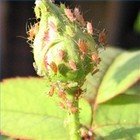
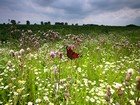

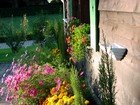
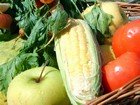
New! Comments
Do you have something of value to add? Leave me a comment in the box below.